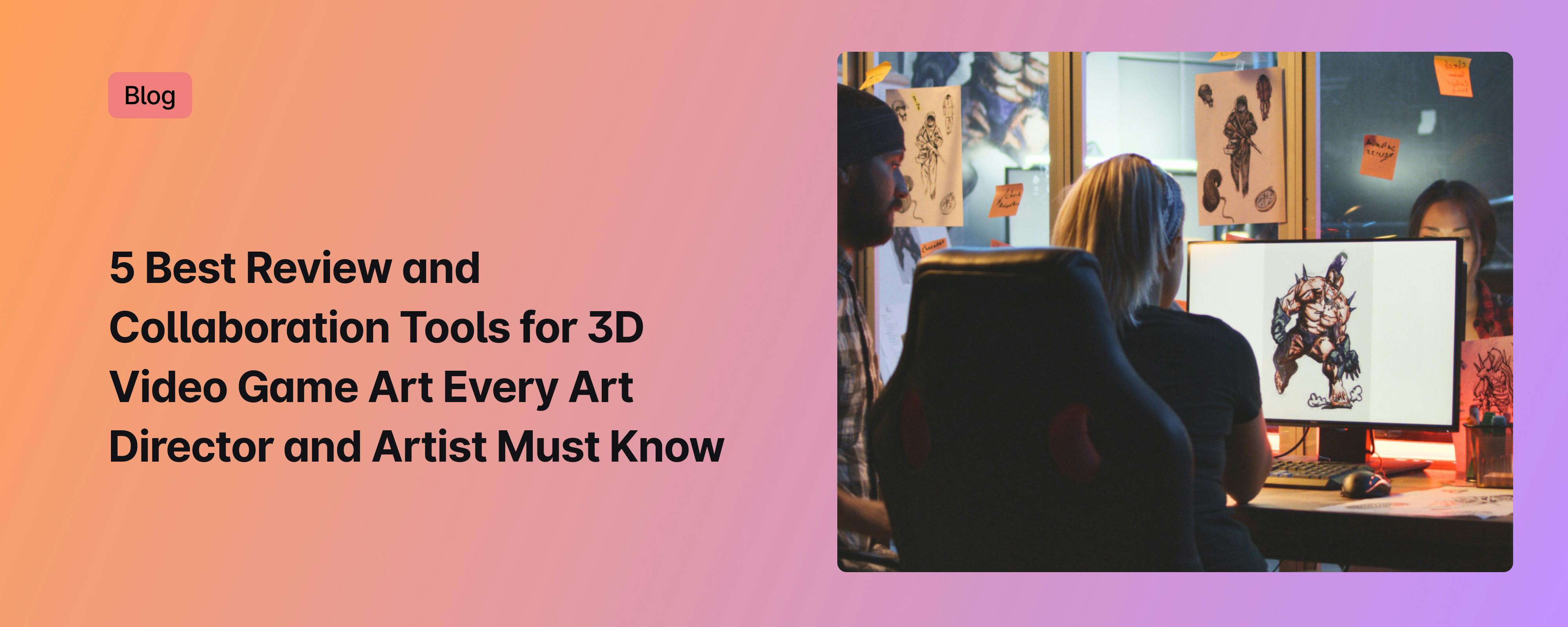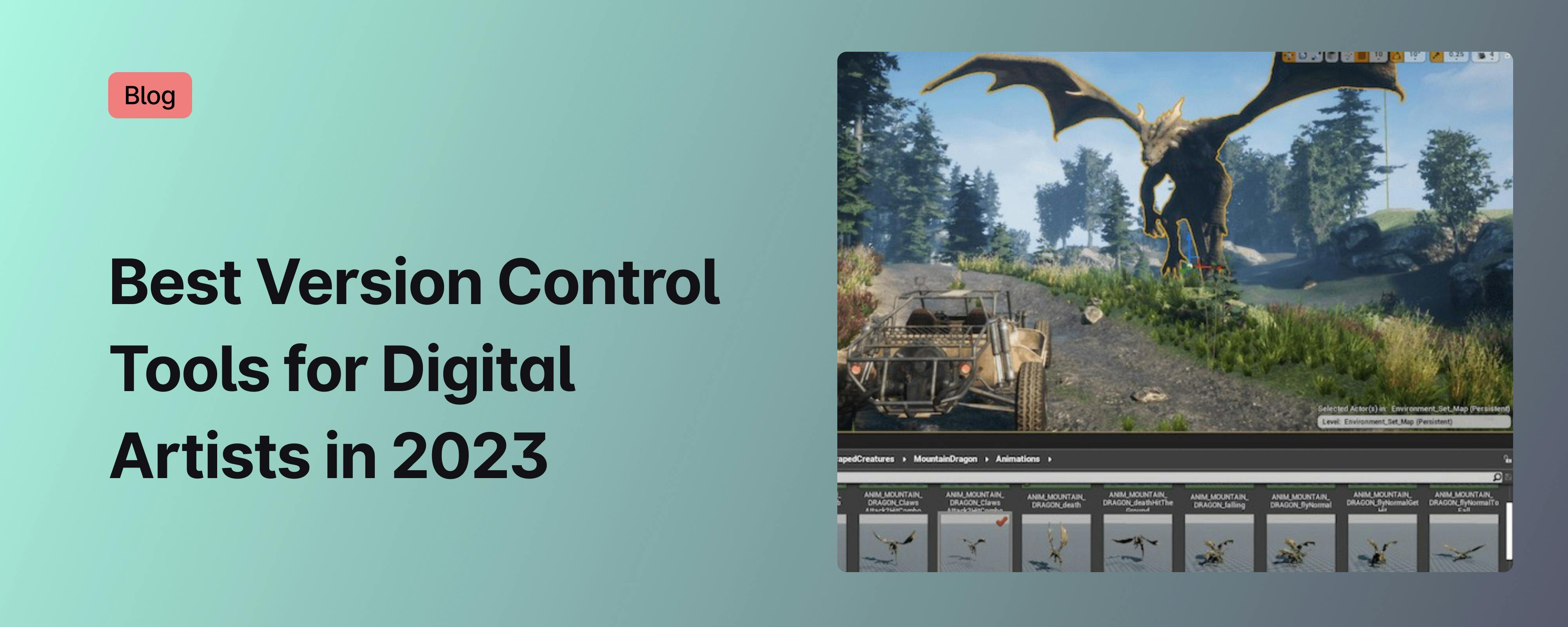Video Game Artists at the Crossroads
Navigating the Controversy Surrounding AI Art and Its Impact on the Game Industry

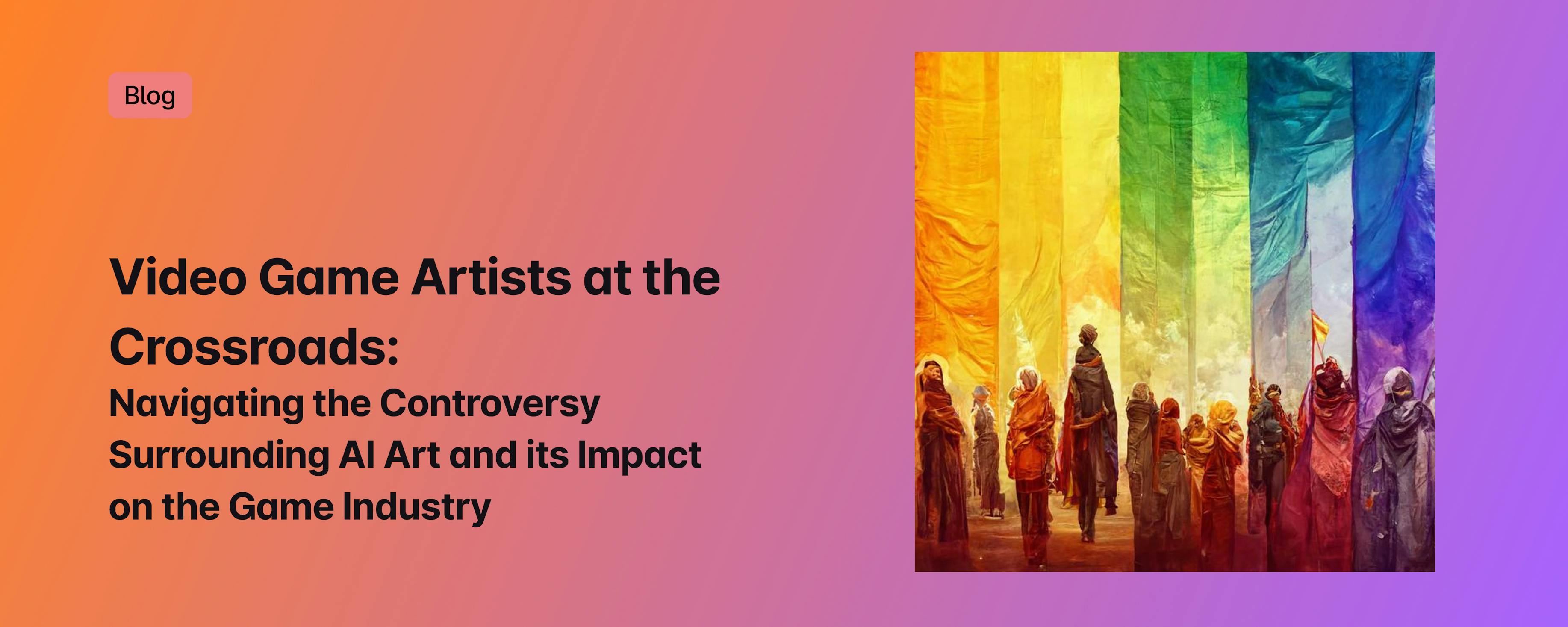
The use of AI in art is a complex topic that has sparked a lot of discussion in the art community. While some artists embrace AI as a tool to enhance their creative process and increase efficiency, others express concerns about its potential to diminish the human element in their artwork.
Transparency issues, copyright concerns, and the possibility of job displacement mean that there is real blood in the water of this debate. Biases in datasets can also unintentionally impact the creative process, hindering the development of diverse and inclusive content. Amidst these concerns, a hybrid model that combines AI and human artists in the game industry seems to be the most likely path forward. This model offers the benefit of maintaining artistic vision and style while leveraging AI's speed and efficiency.
AI has the potential to democratize the art industry by lowering barriers to entry, fostering diversity, and creating more inclusive environments for artists from all different walks of life. The game industry will need to address these concerns thoughtfully, striking a balance between the advantages of AI and the unique skills and perspectives of human artists.
Artists might or might not use AI for different reasons
Artists' thoughts and concerns about the use of AI in their artwork are not as polarized as you might expect. Some artists may see the use of AI as a way to enhance their work and make the creation process more efficient. For example, an artist may use AI to generate a rough sketch or base design, which they can then refine and add their own personal touches to the work with paint-overs, photo bashing, filters, or whatever tools they have in their arsenal.
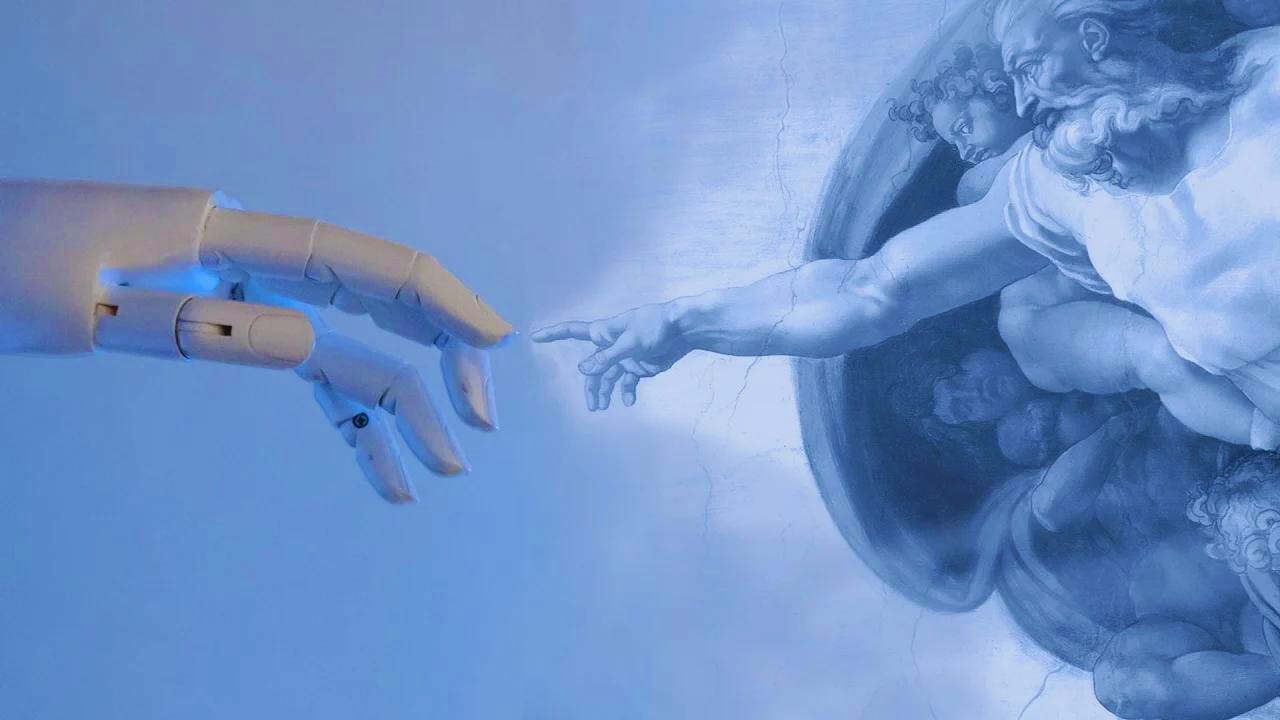
Other artists may be more skeptical of the use of AI in art and may feel that it takes away from the human element of the creative process. They may be concerned that AI-generated art will lack the uniqueness and individuality that is characteristic of traditional human-created artwork. Some artists find that AI-generated images don’t contribute anything meaningful to their process, or simply don’t enjoy writing the prompts needed to generate AI art.
Concerns about transparency and copyright
Artists might feel uncomfortable using AI in their art because the companies who built these algorithms haven’t always been transparent about the datasets used to train their models. There is a concern that the hard work, time, and talent of other artists are not being recognized for their contributions or compensated for the use of their art.
To train AI algorithms, a large dataset is often required, which may include copyrighted works. The use of such materials without obtaining the necessary permissions can raise concerns about copyright infringement and the ethics of utilizing someone else's work without their consent.
Incorporating AI algorithms in game development pipelines can greatly increase efficiency and speed, enabling the creation of 3d assets and other artistic elements at a rapid pace. However, it is crucial for game developers to also consider the ethical implications of utilizing AI, particularly with regard to the use of copyrighted materials for training.
The potential for job displacement
There are also concerns about the potential for job displacement if AI algorithms become advanced enough to take over certain tasks that are currently performed by human artists. This has led to concerns about job security and the future of the art industry as a whole. Impacts on the industry have already emerged, with companies and studios quick to innovate and incorporate AI in their art production pipelines that have the potential to encroach on virtually every branch of an art team — from concept to final render.
Biases can unintentionally impact the creative process
Biases in datasets can have a profound impact on the creative process for video game artists, limiting their ability to create diverse and inclusive content. Characters produced with biased datasets can be overly stereotypical or lack representation of certain cultures or groups. This can make it more difficult for artists to create characters that are nuanced and authentic, limiting the potential for meaningful and immersive gameplay.
Similarly, biases in datasets can also impact the design and setting of a game. Environments that are not representative of a diverse range of cultures and landscapes can feel generic, superficial, and insignificant. This can limit the creative freedom of artists and result in games that are not inclusive or representative of the full range of human experiences, or perpetuate harmful stereotypes about certain locations.
The Future of AI and Game Development: A Hybrid Model
Given these concerns, it is unlikely that AI will completely replace human artists in the game industry. Instead, it is more likely that a hybrid model will be used in which human artists work alongside AI algorithms to create game art.
This model has several benefits. For one, it allows artists to bring their unique creative vision and style to the table, while also leveraging the efficiency and speed of AI algorithms. It also allows for a greater level of collaboration and communication between the two, leading to a more cohesive final product.
Democratizing the industry
There is potential for AI to democratize the art industry by opening up new opportunities for artists who may not have had the resources or opportunities to create art in the past. One way in which AI can do this is by lowering the barriers to entry for artists. For young artists, a free or low-cost tool can be incredibly valuable as it allows them to create art and experiment in wildly different ways, driving them to be more creative even if they don’t have access to expensive software and materials.
The democratization of the art industry through AI can also help to create a more diverse and inclusive environment. This is especially important in the world of video game art, where representation and authenticity are crucial for creating meaningful and immersive gameplay. By lowering the barriers to entry and making a career in art more accessible to a wider range of people, AI has the potential to increase diversity and inclusivity in the industry, leading to more creative and innovative games.
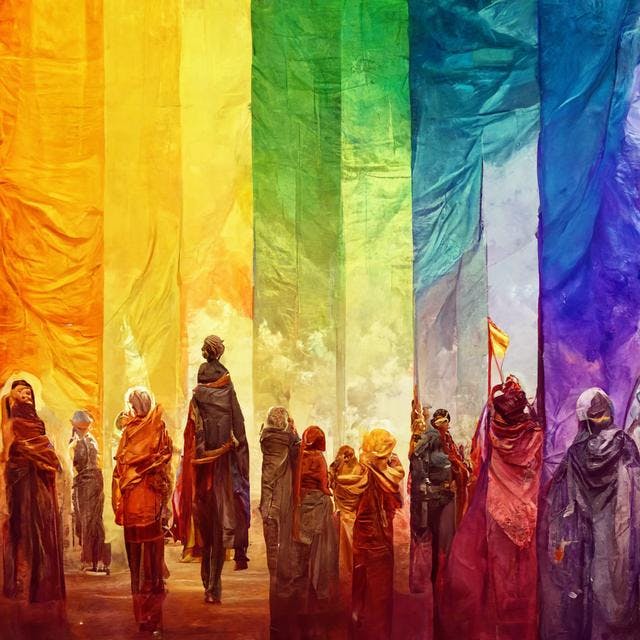
Making it easier for the next generation of artists
With the help of AI algorithms, an artist's work can potentially be seen by a global audience. This can help to level the playing field for artists and allow for a more diverse range of voices and perspectives to be represented in the game industry.
Companies like Roblox, one of the largest gaming platforms in the world, have already implemented generative AI into their platform, a move that they believe will lower the barrier to entry for content creators and encourage innovation for people of all ages who engage with their games.
The potential for AI to open up new opportunities and make the art world more inclusive for artists from all backgrounds and circumstances certainly exists, but it will ultimately still be up to studios to find and support new generations of talented video game artists.
Conclusion
The use of AI in art is an intricate, nuanced topic and one that many artists take very seriously. While some see it as a useful tool that can enhance their work and streamline their creative process, others worry about the potential loss of the human element and the impact on job security. Additionally, there are concerns about the transparency of AI algorithms, the use of copyrighted materials in training, and the impact of biases in datasets on the resulting artwork. It is likely that in the game industry, a hybrid model will be adopted in which human artists work alongside AI, enabling a more nuanced and well-rounded approach to art creation that leverages the strengths of both. However, it is important for the game industry to thoughtfully consider and address these issues in order to effectively utilize the benefits of AI while also valuing and preserving the unique skills and vision of human artists.
Mudstack is the only asset management and collaboration platform custom-built for game studios and digital artists.
Mudstack is dedicated to improving asset management and collaboration together. You can join our Discord channel to speak directly with our product team or schedule a demo to show us your art production pipeline and see our software in action.


